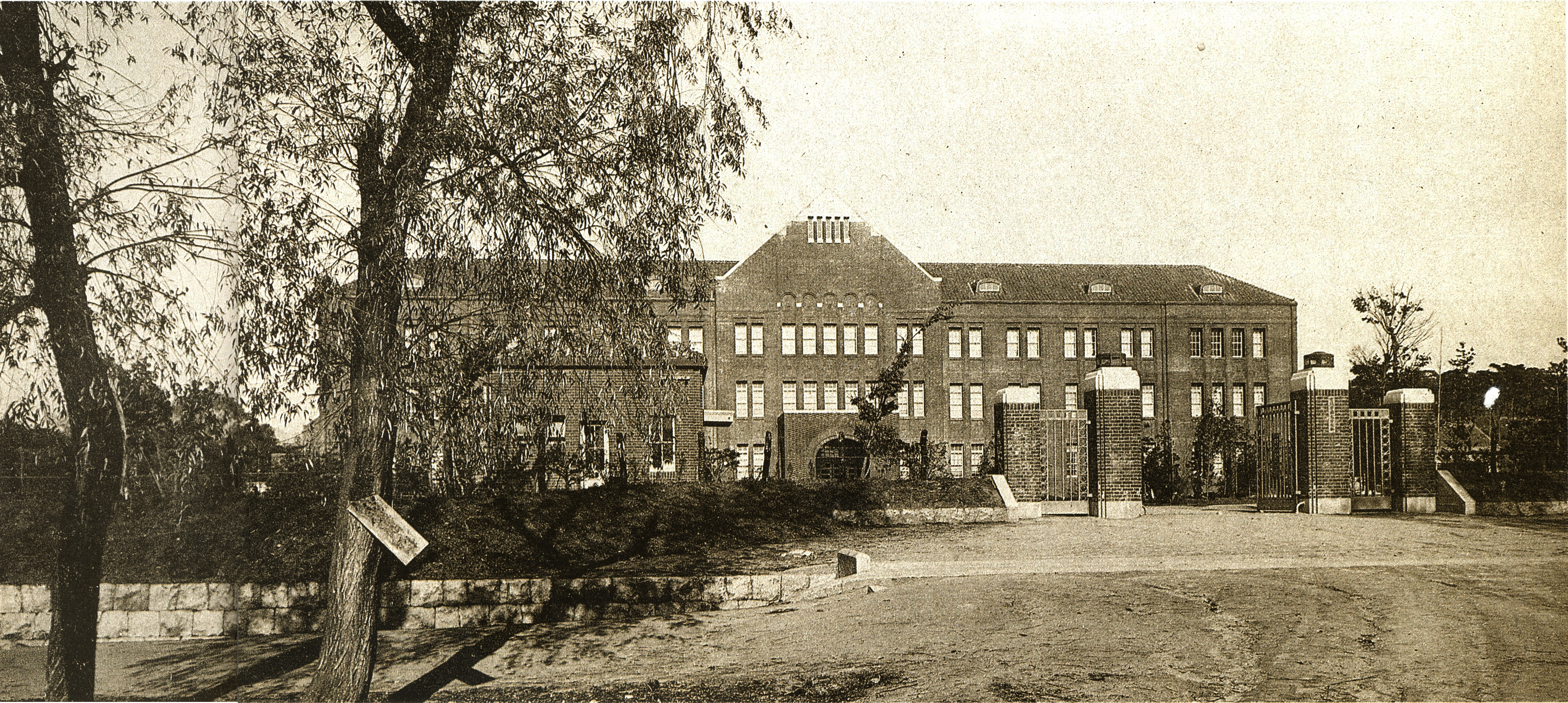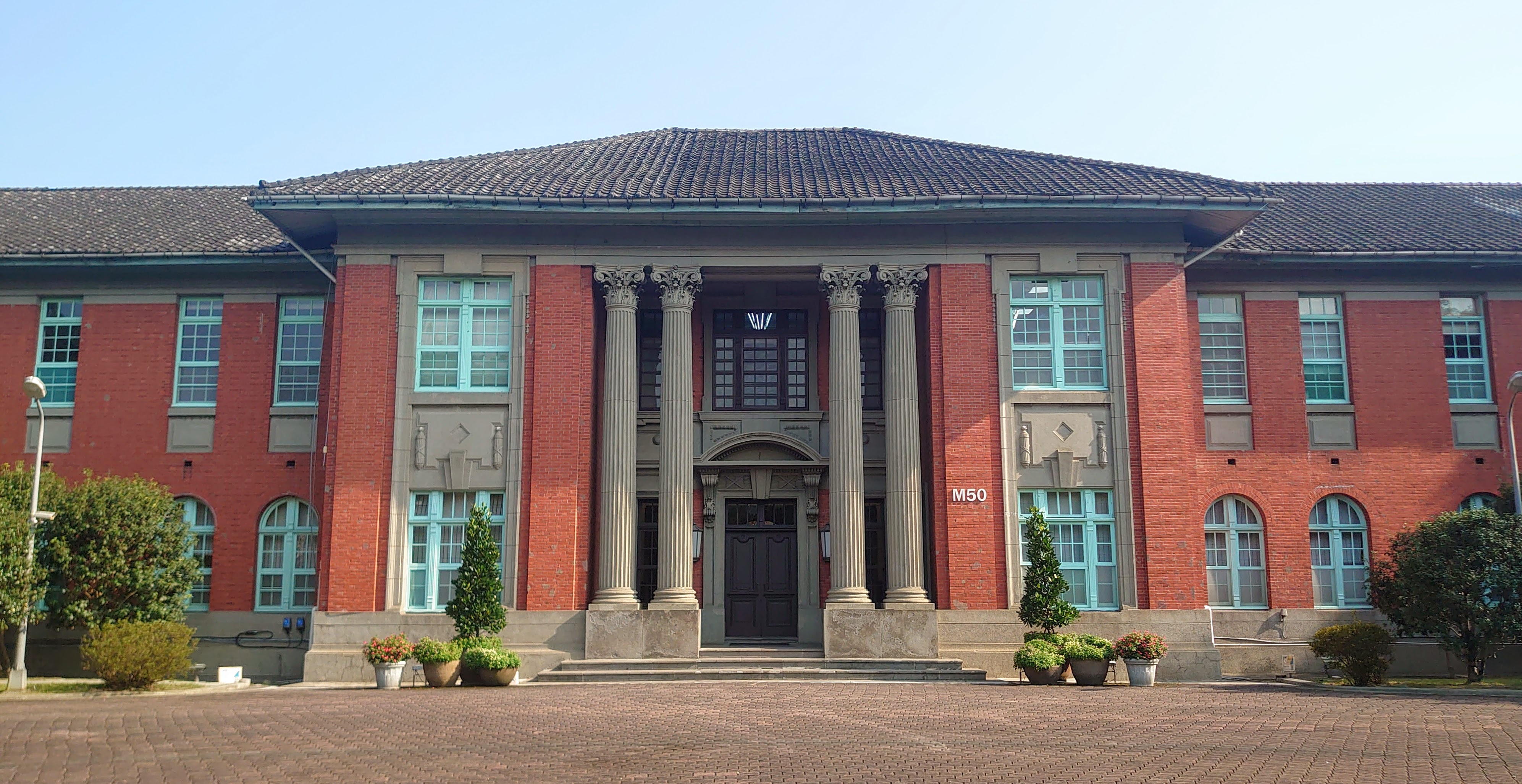|
Imperial University (other)
Imperial University may refer to: * Imperial University (Université Impériale) or University of France, the French university re-organisation initiated by Napoleon. * The of Japan, founded as Imperial Universities before World War II ** University of Tokyo, known in the late 19th century as first ''Imperial University'' and then ''Tokyo Imperial University'' ** Keijō Imperial University, founded under Japanese rule, now part of Seoul National University, Korea ** National Taiwan University, founded under Japanese rule as "Taihoku (Taipei) Imperial University" * Imperial University of Vilna; now Vilnius University, Lithuania * Imperial University of Warsaw; now University of Warsaw, Poland * Imperial College London, United Kingdom * Taixue and Guozijian during imperial China * A former English name for Peking University Peking University (PKU; ) is a public research university in Beijing, China. The university is funded by the Ministry of Education. Peking University was es ... [...More Info...] [...Related Items...] OR: [Wikipedia] [Google] [Baidu] |
University Of France
The University of France (french: Université de France; originally the ''Imperial University of France'') was a highly centralized educational state organization founded by Napoleon I in 1808 and given authority not only over the individual (previously independent) universities but also over primary and secondary education. The former individual universities were henceforth to be known as "academies" (such as the '' Académie de Paris''), but each still retained a rector and local board of its own. The University of France was disbanded in 1896. History On 15 September 1793, petitioned by the Department of Paris and several other departments, the National Convention decided that, independently of the primary schools, there shall be established in the Republic three progressive degrees of instruction; the first for the knowledge indispensable to artisans and workmen of all kinds; the second for further knowledge necessary to those intending to embrace the other professions of s ... [...More Info...] [...Related Items...] OR: [Wikipedia] [Google] [Baidu] |
National Seven Universities
The were founded by the Empire of Japan between 1886 and 1939, seven in Mainland Japan (now Japan), one in Korea under Japanese rule (now the Republic of Korea) and one in Taiwan under Japanese rule (now Taiwan). They were run by the imperial government until the end of World War II. Today, the Imperial Universities are often described as the , and are viewed as some of the most prestigious in Japan. These former imperial universities are generally perceived as Japan's equivalent of the Ivy League in the United States, Golden Triangle in the United Kingdom, and the C9 League in China. The alumni club of these nine imperial universities is . Unlike Taihoku Imperial University (renamed in 1945 to National Taiwan University) in then-Japanese Taiwan, the Keijō Imperial University in then-Japanese Korea was closed by the United States Army Military Government in Korea (USAMGIK) with U.S. Military Ordinance No. 102. Seoul National University was built by merging nine schools in Se ... [...More Info...] [...Related Items...] OR: [Wikipedia] [Google] [Baidu] |
University Of Tokyo
, abbreviated as or UTokyo, is a public research university located in Bunkyō, Tokyo, Japan. Established in 1877, the university was the first Imperial University and is currently a Top Type university of the Top Global University Project by the Japanese government. UTokyo has 10 faculties, 15 graduate schools and enrolls about 30,000 students, about 4,200 of whom are international students. In particular, the number of privately funded international students, who account for more than 80%, has increased 1.75 times in the 10 years since 2010, and the university is focusing on supporting international students. Its five campuses are in Hongō, Komaba, Kashiwa, Shirokane and Nakano. It is considered to be the most selective and prestigious university in Japan. As of 2021, University of Tokyo's alumni, faculty members and researchers include seventeen prime ministers, 18 Nobel Prize laureates, four Pritzker Prize laureates, five astronauts, and a Fields Medalist. Hi ... [...More Info...] [...Related Items...] OR: [Wikipedia] [Google] [Baidu] |
Keijō Imperial University
, colloquially referred to as , was an Imperial University of Japan that existed between 1924 and 1946. This university was established in 1924 in Gyeongseong, known as Keijō during the period of Japanese occupation of Korea, now modern-day Seoul, South Korea. Keijō Imperial University was abolished by the United States Army Military Government in Korea (USAMGIK) in 1946, following the Japanese surrender to the Allies and the subsequent withdrawal of Japan from its occupation of Korea at the end of World War II. Keijō Imperial University was succeeded by the Seoul National University, which is today one of the flagship Korean national universities. History Keijō Imperial University was founded in 1924 as the sixth Imperial University of Japan during the period of Japanese rule, followed by Taihoku University, Nagoya University and Osaka University in 1928, 1931 and 1939, respectively. While the other Imperial Universities located in Japan were run by the Ministry of ... [...More Info...] [...Related Items...] OR: [Wikipedia] [Google] [Baidu] |
National Taiwan University
National Taiwan University (NTU; ) is a public research university in Taipei, Taiwan. The university was founded in 1928 during Taiwan under Japanese rule, Japanese rule as the seventh of the Imperial Universities. It was named Taihoku Imperial University and served during the period of Japanese colonization. After World War II, the Government of the Republic of China, Nationalist Kuomintang (KMT) government assumed the administration of the university. The Ministry of Education (Taiwan), Ministry of Education reorganized and renamed the university to its current name on November 15, 1945, with its roots of liberal tradition from Peking University in Beijing by former NTU President Fu Ssu-nien. The university consists of 11 colleges, 56 departments, 133 graduate institutes, about 60 research centers, and a school of professional education and continuing studies. Notable alumni include Tsai Ing-wen, Tsai Ing-Wen, current President of the Republic of China, former presidents Le ... [...More Info...] [...Related Items...] OR: [Wikipedia] [Google] [Baidu] |
Vilnius University
Vilnius University ( lt, Vilniaus universitetas) is a public research university, oldest in the Baltic states and in Northern Europe outside the United Kingdom (or 6th overall following foundations of Oxford, Cambridge, St. Andrews, Glasgow and Aberdeen). Today it is Lithuania's leading academic institution, ranked among the top 400 ( QS) or top 800 ( ARWU) universities worldwide. As of 2022 QS ranks VU as 8th in CEE (ex. Russia); an ARWU equivalent would be 11th. The university was founded in 1579 as the Jesuit Academy (College) of Vilnius by Stephen Báthory, Grand Duke of Lithuania and King of Poland. It was the third oldest university (after the Cracow Academy and the Albertina) in the Polish–Lithuanian Commonwealth. Due to the failure of the November Uprising (1830–1831), the university was closed down and suspended its operation until 1919. In the aftermath of World War I, the university saw failed attempts to restart it by the local Polish Society of Friends ... [...More Info...] [...Related Items...] OR: [Wikipedia] [Google] [Baidu] |
University Of Warsaw
The University of Warsaw ( pl, Uniwersytet Warszawski, la, Universitas Varsoviensis) is a public university in Warsaw, Poland. Established in 1816, it is the largest institution of higher learning in the country offering 37 different fields of study as well as 100 specializations in humanities, technical, and the natural sciences. The University of Warsaw consists of 126 buildings and educational complexes with over 18 faculties: biology, chemistry, journalism and political science, philosophy and sociology, physics, geography and regional studies, geology, history, applied linguistics and philology, Polish language, pedagogy, economics, law and public administration, psychology, applied social sciences, management and mathematics, computer science and mechanics. The University of Warsaw is one of the top Polish universities. It was ranked by '' Perspektywy'' magazine as best Polish university in 2010, 2011, 2014, and 2016. International rankings such as ARWU and Universi ... [...More Info...] [...Related Items...] OR: [Wikipedia] [Google] [Baidu] |
Imperial College London
Imperial College London (legally Imperial College of Science, Technology and Medicine) is a public research university in London, United Kingdom. Its history began with Prince Albert, consort of Queen Victoria, who developed his vision for a cultural area that included the Royal Albert Hall, Victoria & Albert Museum, Natural History Museum and royal colleges. In 1907, Imperial College was established by a royal charter, which unified the Royal College of Science, Royal School of Mines, and City and Guilds of London Institute. In 1988, the Imperial College School of Medicine was formed by merging with St Mary's Hospital Medical School. In 2004, Queen Elizabeth II opened the Imperial College Business School. Imperial focuses exclusively on science, technology, medicine, and business. The main campus is located in South Kensington, and there is an innovation campus in White City. Facilities also include teaching hospitals throughout London, and with Imperial College ... [...More Info...] [...Related Items...] OR: [Wikipedia] [Google] [Baidu] |
Taixue
__NOTOC__ Taixue (Tai-shueh; ), or sometimes called the "Imperial Academy", "Imperial School", "Imperial University" or "Imperial Central University", was the highest rank of educational establishment in Ancient China created during the Han dynasty. The Sui dynasty instituted major reforms, giving the imperial academy a greater administrative role and renaming it the Guozijian (國子監). As the Guozijian, the institution was maintained by successive dynasties until it was finally abolished in 1905 near the end of the Qing dynasty. Taixue taught Confucianism and Chinese literature among other things for high level civil service posts, although a civil service system based upon competitive examination rather than recommendation was not introduced until the Sui and did not become a mature system until the Song dynasty (960–1279). Han Taixue The university held 30,000 students and academicians during the 2nd century. This provided the Han dynasty with well-educated bureaucr ... [...More Info...] [...Related Items...] OR: [Wikipedia] [Google] [Baidu] |
Guozijian
The Guozijian,Yuan, 194. sometimes translated as the Imperial College, Imperial Academy, Imperial University, National Academy, or National University, was the national central institution of higher learning in Chinese dynasties after the Sui dynasty. It was the highest institution of academic research and learning in China's traditional educational system, with the function of administration of education. History Formerly it was called the Taixue, literally meaning "Imperial University". The Taixue for Gongsheng (''tribute students'') from the populace was part of Guozijian, along with Guozixue for noble students. The central schools of taixue were established as far back as 3 CE, when a standard nationwide school system was established and funded during the reign of Emperor Ping of Han. Since the Sui dynasty, it was called Guozijian. During the Ming dynasty, the Hongwu Emperor promoted the study of law, math, calligraphy, equestrianism, and archery at the Guozijian. ... [...More Info...] [...Related Items...] OR: [Wikipedia] [Google] [Baidu] |




_(14761496004).jpg)